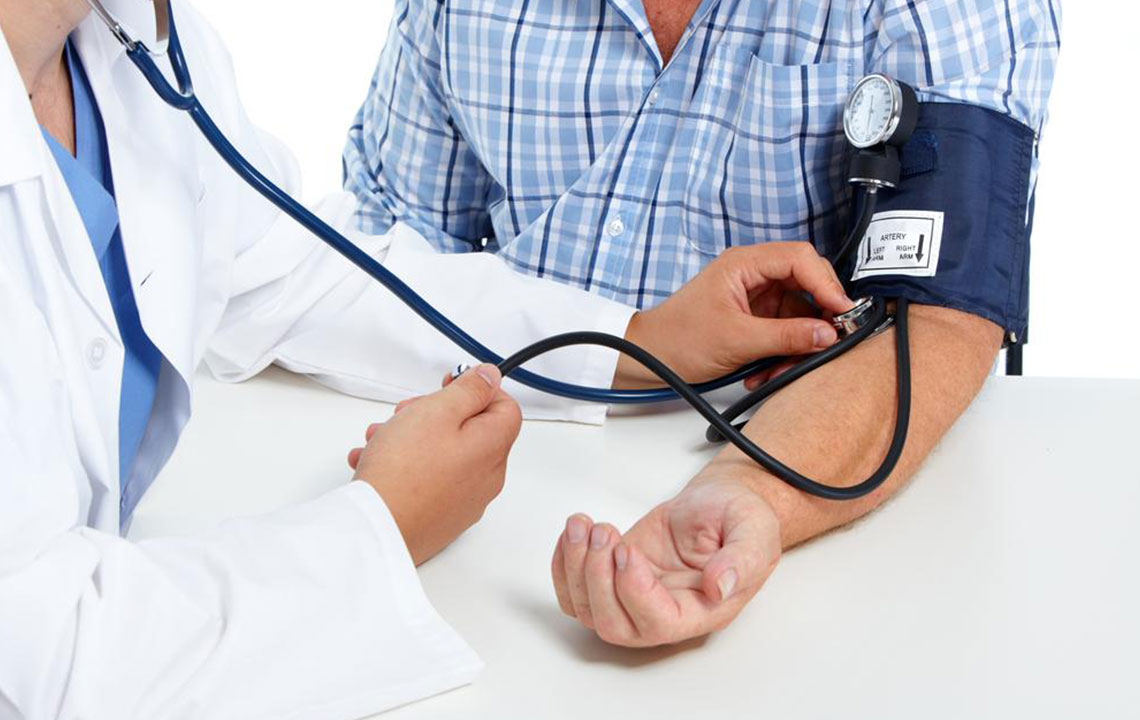Everything You Need to Know about a Blood Pressure Chart

What is Blood Pressure?
Blood pressure is the force that transports blood through our circulatory system.
It is a life force which pushes oxygen and nutrients around our circulatory system to feed tissues and organs.
Blood pressure is also important because it distributes white blood cells and antibodies for immunity, and hormones such as insulin.
The fresh blood that gets delivered also gathers the toxic waste products of metabolism along with the carbon dioxide we breathe out, and the toxins we clear through our liver and kidneys.
The heart builds up blood pressure by pumping out blood when it contracts with every heartbeat.
Biology
Our blood pressure is highest at the commencement of its journey from our heart, and it is lowest at the end of its journey along smaller branches of arteries. That pressure difference is what causes blood to flow around our bodies. The condition of the arteries effect on the blood pressure and flow.
What does Blood Pressure Values denote?
Measurement of your blood pressure will give two readings. Your blood pressure will have two numbers, e.g., 120/80 mm. Hg. The number which appears on the left-hand side, being the highest number, is called systolic. The number which appears on the right-hand side, being the lowest number, is called diastolic.
Systolic blood pressure denotes the highest pressure registered during the time your heart pushes the blood in your body system.
Diastolic blood pressure denotes the lowest pressure registered, at the moment your heart rests between beats.
Which number is more important?
Typically, systolic blood pressure (the left side number) poses the main risk agent for cardiovascular disease for people over 50. In most people, systolic blood pressure rises incrementally with age due to the increasing rigidity of arteries.
Blood Pressure Chart
The blood pressure chart maps out levels of blood pressure at different times. This blood pressure chart will make it easy for you to understand whether your blood pressure is normal or not. If not, you’ll need to take some measures to improve your numbers. The blood pressure chart is applicable only for adults. Age does not vary the level of high blood pressure.
The blood pressure chart below indicates ranges of high, low, and healthy blood pressure readings.
| Your category | Systolic in mm Hg (upper number) | Diastolic in mm. Hg (bottom number) | |
| Normal blood pressure | Below 120 | and | Below 80 |
| Prehypertension | Between 120-139 | or | Between 80-89 |
| Hypertension Stage 1 Category | Between 140-159 | or | Between 90-99 |
| Hypertension Stage 2 Category | 160 or higher | or | 100 or higher |
| Hypertensive Crisis (emergency condition) | 160 or higher | or | 110 or higher |
| Low blood pressure | Less than 90 | or | Less than 60 |
Blood Pressure Categories
The recognized blood pressure extents are:
· Normal Blood Pressure
You can maintain a healthy life with normal blood pressure which is lower than 120/80 mm. Hg.
· Prehypertension (Early Stage High Blood Pressure)
Prehypertension occurs when blood pressure at all time ranges from 120-139/80-89 mm. Hg. It is an early warning that you need to control it to prevent the development of high blood pressure.
· Hypertension Stage 1
In the case, the blood pressure ranges from 140-159/90-99 mm. Hg. At all time, it falls under Hypertension of Stage 1 category. At this stage of high blood pressure, doctors will advice lifestyle changes, and he may add blood pressure medication.
· Hypertension Stage 2
In the case, the blood pressure level is greater than 160/100 mm. Hg. At this stage of elevated blood pressure, the doctor will prescribe blood pressure medication.
· Hypertensive Crisis
The stage needs immediate medical care.
· Low Blood Pressure
Low blood pressure is when your blood pressure is lower than 90/60 mmHg. It is also called hypotension. Signs and symptoms are dizziness, blurred vision, nausea, fatigue, and lack of concentration. Extreme hypotension is life-threatening. At that time the signs and symptoms are confusion, pale skin, rapid breathing, and weak and rapid pulse. You must seek medical help immediately if you have indications of shock. You must also consult a doctor for consistent low blood pressure readings.
How To Maintain A Healthy Blood Pressure Level?
High blood pressure can cause damage your health. It multiplies your chance of exposure to a heart attack.
You can help reduce your blood pressure by making some healthy lifestyle choices like:
· Quitting smoking.
· Reducing consumption of alcohol.
· Consuming a balanced diet by having fat on the lower side found rich in fruits and vegetables.
· Work out.
· Reduce salt intake in the diet.
· Keep a healthy body weight.
How often should I check my Blood Pressure Readings?
Keep a blood pressure chart for every three months intervals. If you have had a high record of elevated blood pressure in the past, make sure to undergo a regular checkup.


